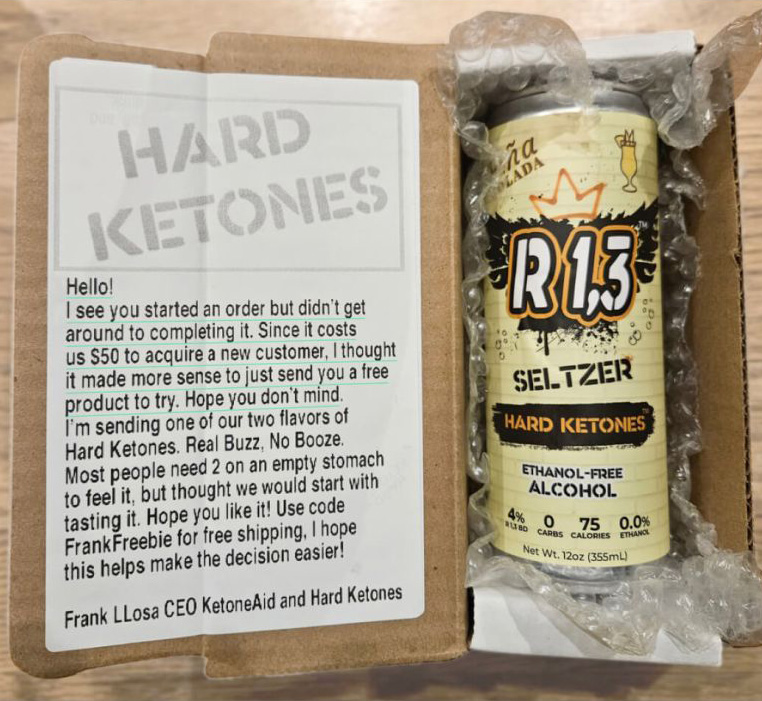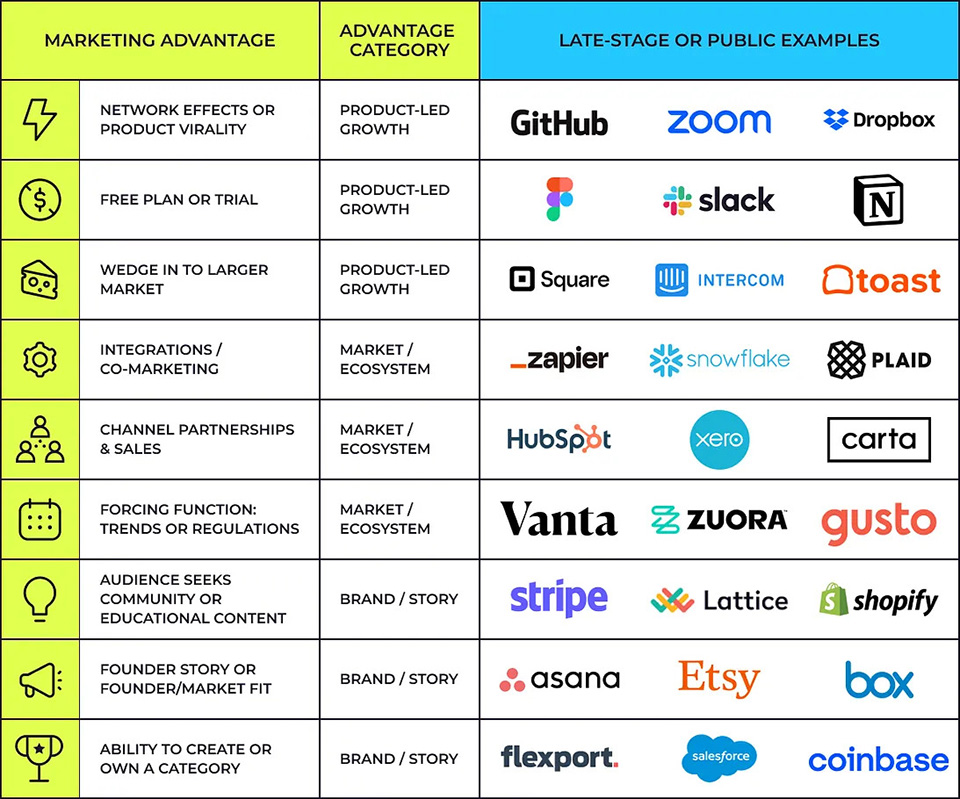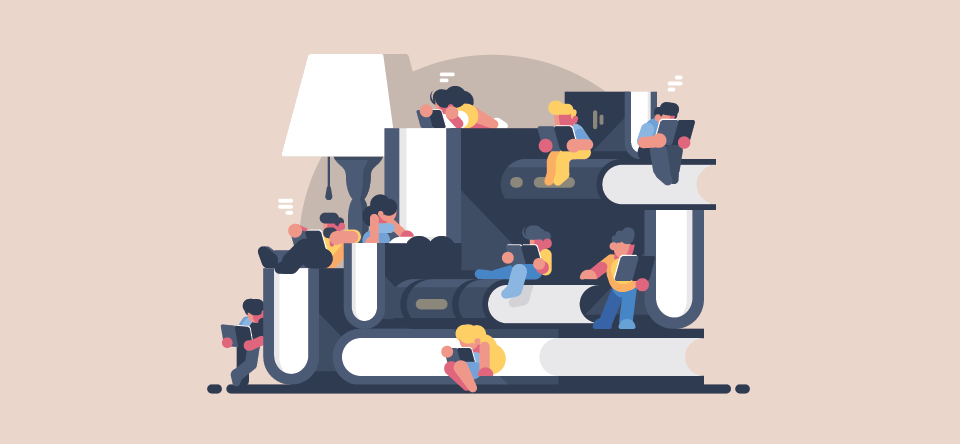Issue 012: Cognitive Bias 🧠

December 04, 2024 | #012 | Free Version
Welcome to Startup Blitz, a weekly newsletter full of timeless ideas and insights you can use in your online business.
🧠 How to exploit cognitive biases to increase sales
🛒 A simple hack to win back customers who abandon carts
📢 Why you can’t win without one of these 9 marketing advantages
🚫 Why you shouldn’t believe your customer at first
Not subscribed? Learn more and sign up.
5 Dangerously Powerful Cognitive Biases You Can Use to Boost Sales 🧠

1. Anchoring Bias 🎯
- Present your most expensive offering first. This will make other options seem more affordable.
- When displaying a discount, always put the crossed-out info first in order to put the size of the discount into perspective.
- Highlight the benefit of your product by showing before-and-after comparisons.
2. Scarcity 🕒
- Do limited-time offers. You’ll create urgency by offering deals that expire within a few hours or days.
- Show the number of items left in stock. If quantities are limited, it’ll prompt faster decisions.
- Restrict availability through waitlists or exclusive invitations. It’ll boost perceived value.
3. Loss Aversion 🛡️
- When users try to cancel a subscription or stop onboarding, display a pop-up summarising the product’s value to make them reconsider.
- Show accomplishments like streaks, hours spent, or savings achieved with your product. This reinforces the value they’ve already gained and the potential loss if they stop using it.
4. Framing Effect 📣
The way you present information significantly influences how people perceive it. While what you say matters, how you say it can be even more impactful. That’s exactly what messaging and copywriting are all about.
To leverage the framing effect:
- Instead of just listing features, highlight what your users can achieve with your product. Show how it improves their life.
- Use positive framing. For example, instead of saying “5% fat,” say “95% fat-free”.
- Offer risk-free options. Free trials or money-back guarantees help reduce hesitation and build trust.
5. Bandwagon Effect 👥
To leverage the bandwagon effect:
- Use labels like “Most Popular” or “Trending Now” to draw attention to products or options favoured by others.
- Encourage customers to share photos of themselves using your product on social media.
- Present the number of people using your product or feature.
A Low-Cost Marketing Hack That Actually Works 🛒

And the result is very impressive. The founder shared the number with Harry Dry of Marketing Examples:
They only need to convert 1 in 300 recipients to make the campaign profitable. It’s a brilliant example of how low-cost, targeted outreach can turn a lost sale into long-term customer value. 🚀
You Can’t Succeed Without One of These 9 Marketing Advantages 📢

So, what exactly are these marketing advantages? According to Emily Kramer & Kathleen Estreich, they can be broken down into 3 categories:
📖 Book of the Week: Gap Selling by Keenan

In his book Gap Selling: Getting the Customer to Yes, author Keenan introduces a deceptively powerful way to connect with buyers and boost your sales.
Interesting Articles We've Read This Week

📣 Is Your PPC Strategy Sabotaging Your SEO? 2.3M Keyword Study
📢 The 2025 guide to (aesthetic) Pinterest marketing
🤖 The State of Generative AI in the Enterprise
👩🏻💻 The End of Productivity: Why creativity is the new currency of success
🌐 Remembering Cyberia, the World’s First Ever Cyber Cafe
Thanks for reading, until next week!
You are receiving this email because you subscribed to Startup Newsletter. You can Unsubscribe from here.